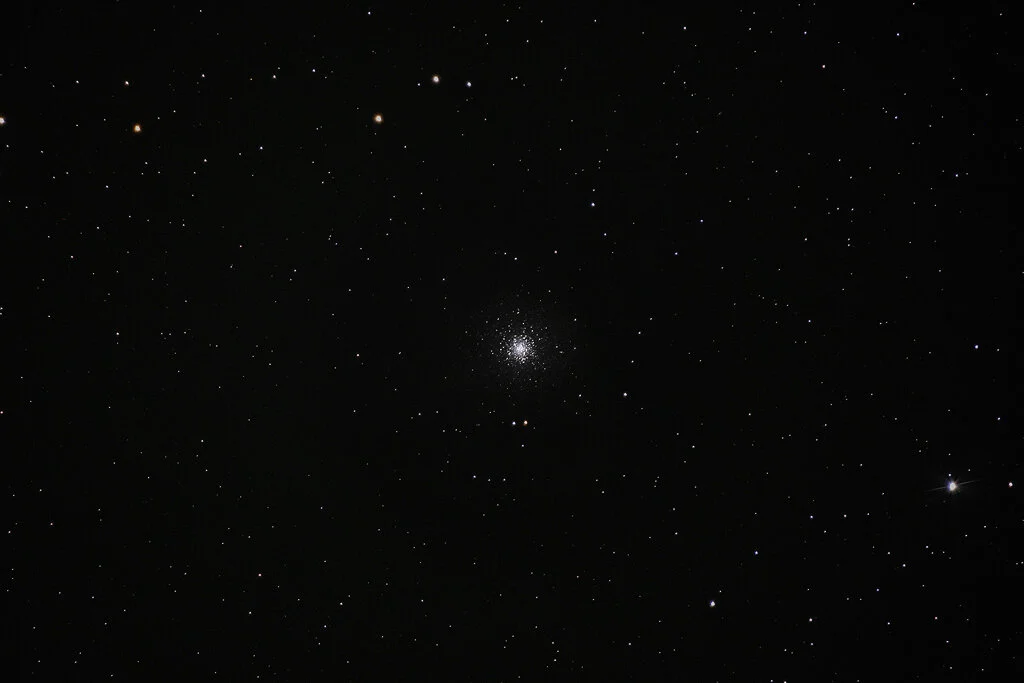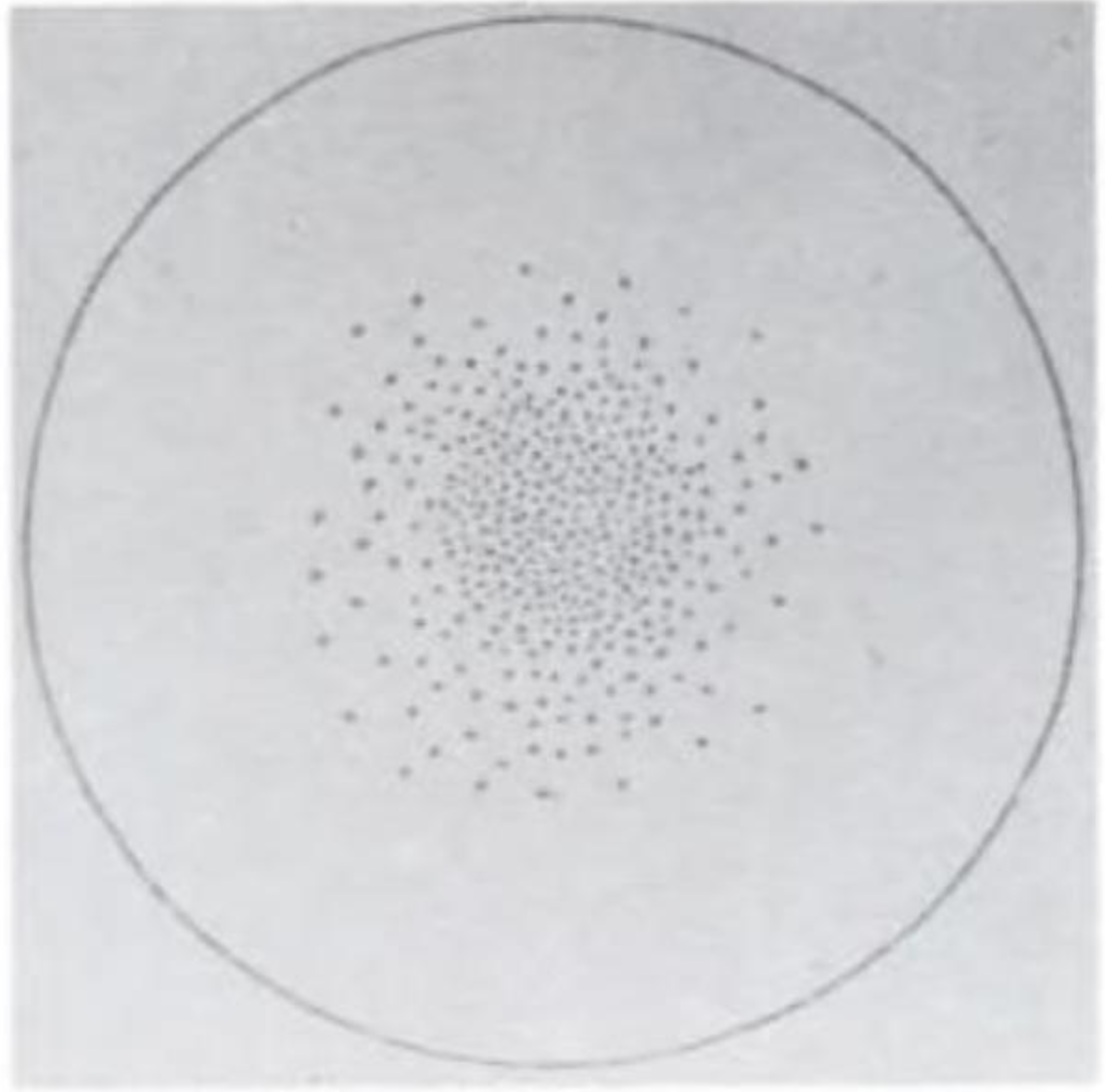M53 - Globular Cluster
Type: Globular Cluster
Discoverer: Johann Elert Bode 1774
Size: 230 ly
Distance: 61,270 ly
Constellation: Coma Berenices
My Notes: (Mar 20, 2021) A Globular Cluster is a tight grouping of stars gravitationally bound to each other in sphere shape. The density of stars rises towards the middle of the sphere with stars being as close as 1 lightyear apart. For reference our closest neighboring star is Alpha Centauri at 4.22 light years away. They also generally contain some of the oldest stars in a galaxy and have a very low abundance of heavy-metals. In stellar terms, heavy metals are anything that is heavier than hydrogen and helium which can only be formed after a star changes phases from its primary phase.
My capturing of this object is a bit of a funny story. I had already tried and failed to photograph the Horsehead Nebula in Orion (it was too low in the sky) and had also photographed my first cluster, m44 - The Beehive Cluster. I generally only shoot about 1 object each night, but I figured I would try for one more since it takes so long to set up my equipment. I saw that m64 - the black eye galaxy was high in the sky and figured I’d go back to what I was good at, capturing a galaxy.
The temperature had dropped to 38℉ and I was getting tired, but I managed to find the very tiny m64. But over the course of the night of adjusting and cold, the screws on most of my equipment had loosened up and it was making it very hard to keep m64 in my camera’s field of view, the north star centered on my equatorial mount, and get the camera in focus. I eventually dialed in what I thought was m64 only to take a few test shots and realize that I’d gotten a cluster of stars directly in frame instead.
I took to the Stellarium app trying to figure out what I had done. It’s not easy to track down a random object using a few stars in a 560mm field of view. I knew it must be close to m64. After about 10 minutes I realized I had managed to get a completely different Messier object in view, only a few degrees from m64. I was even happier because it was a Globular Cluster and I’ve had a difficult time finding them so far in my astrophotography journey (everything up to this date has been either a nebula or a galaxy). So at the end of the night I walked away with 2 clusters.
Stats: Temp was 38℉. Humidity 62%. Captured from 02:00 to 03:05. Fujifilm XT4, 100-400mm f4.5-5.6 lens with 1.4x teleconverter, same flimsy tripod and ball head, dew shield, etc as usual.
Bode Notes: (No. 26. 3rd Feb. 1775) ‘1° E of star 42 Comae, a new nebular, appearing through the telescope as round and pretty lively.’
Messier Notes: (Feb 26th, 1777) ‘Nebula without stars discovered in Coma Berenices, a little distance from the star 42 in that constellation, after Flamsteed. This nebula is round and conspicuous. The comet of 1779 was compared directly with this nebula and M. Messier has reported it on the chart of that comet. Reviewed the 13th April, 1781: it resembles the nebula which is below Lepus.’ [m79]
8 frames at 120 sec Dark Median Algorithm Starry Sky Stacker ISO 2500 f/8 560mm (840 FF equiv)
Area of 560mm image zoomed out to 150mm (225ff equiv.)
Historic drawing by William Herschel
I was originally trying to get m64, but got lost and found m53
My original target, m64





